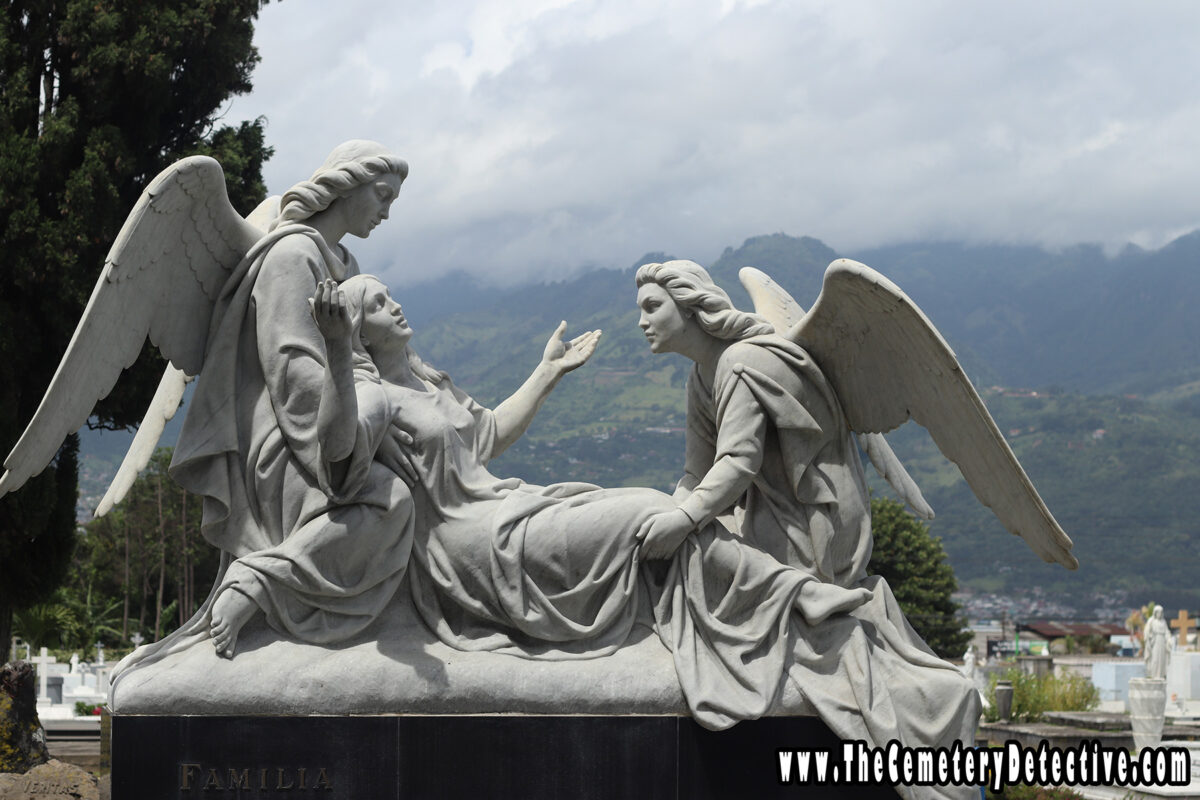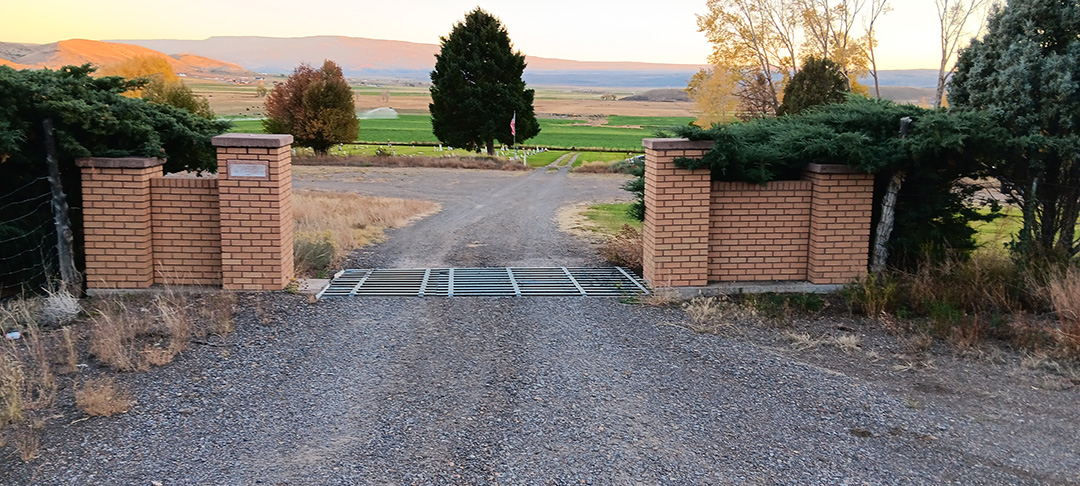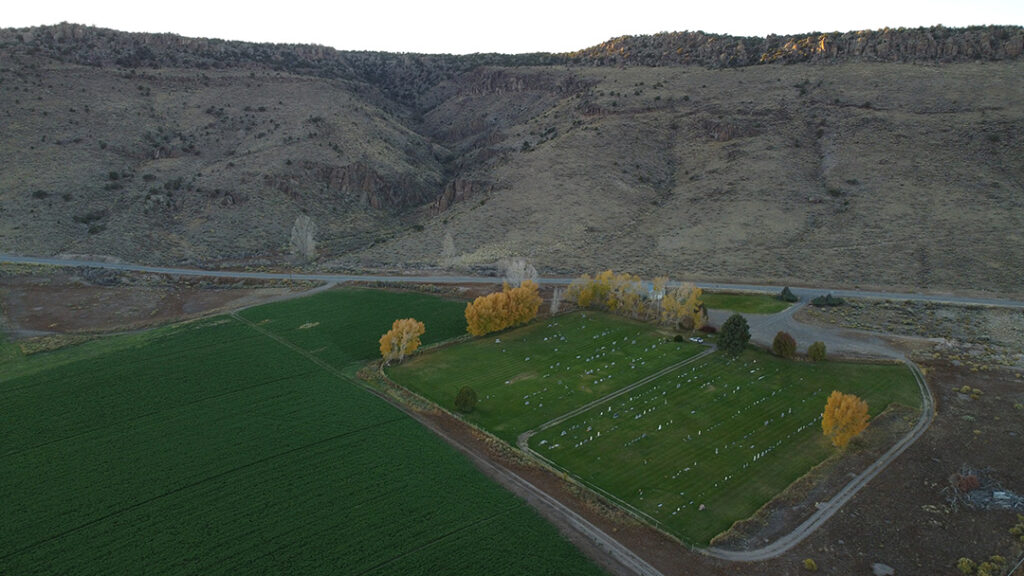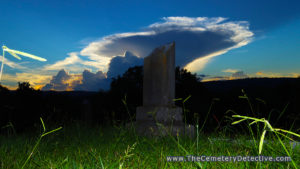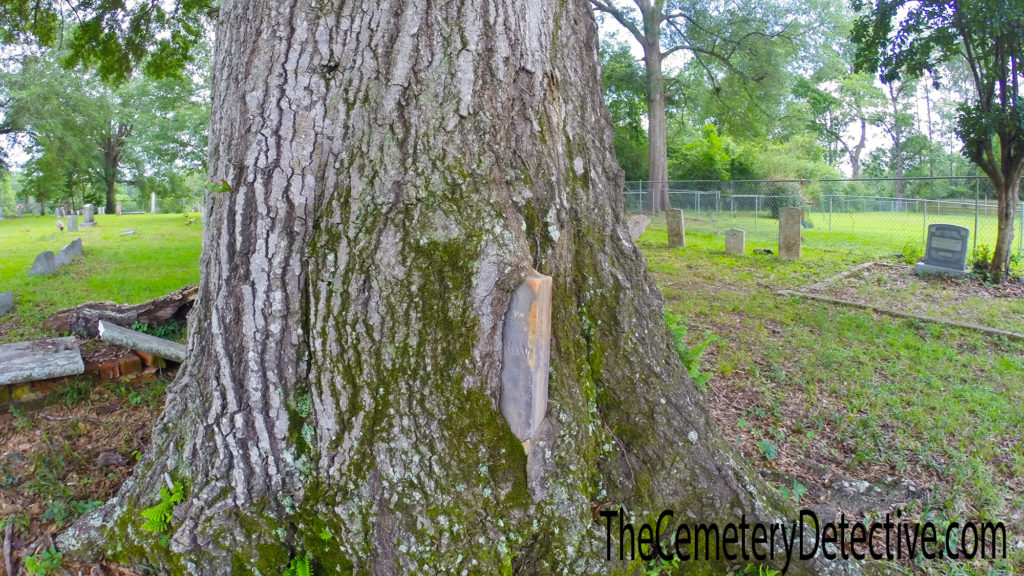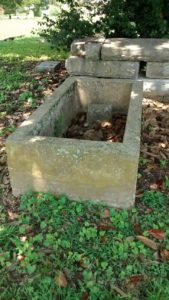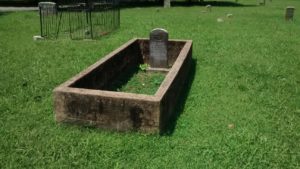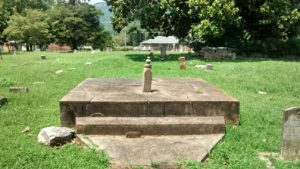On my recent journey to Costa Rica, I was privileged to explore Cementerio General. Cementerio General is a renowned cemetery in San José with over a century of history, architectural beauty, and cultural significance.
Known as the “City of the Dead,” Cementerio General offers visitors an insightful glimpse into Costa Rican society. The artistic expressions of its people and the profound stories of individuals who shaped the nation’s history are on display.
A Brief History of Cementerio General
Cementerio General was established in 1845. This cemetery remains the largest and most historically significant cemetery in Costa Rica. Created at a time when Costa Rica was shaping its national identity, the cemetery is tuned to the influences of Europe. The cemetery has become the final resting place for many notable figures, from politicians and artists to everyday citizens. Each person buried here left their mark on Costa Rican history. Today, this sprawling site serves as a testament to the diverse cultural and historical layers that have shaped San José and the nation as a whole.
Architectural Highlights
One of the most remarkable aspects of Cementerio General is its eclectic architectural style. The cemetery draws inspiration from European neoclassicism, art nouveau, and art deco movements. As I walked through the cemetery, I observed impressive mausoleums and tombstones. Monuments are adorned with intricate carvings, marble statues, and ornate ironwork. Some of the statues, particularly of angels and saints, reflect the Catholic influence that permeates Costa Rican culture. These monuments convey a deep sense of reverence by offering a striking contrast against the natural landscape that surrounds the cemetery.
One standout structure is the Mausoleo del General Tomás Guardia. This ornate mausoleum is dedicated to Costa Rica’s former president. Built with classical columns and crowned with angelic sculptures, the tomb speaks to the influence of European art. It represents the respect Costa Ricans have for historical figures who influenced the nation’s development.
Stories Beneath the Surface
No matter how small or how grandiose, every grave and mausoleum in Cementerio General tells a story. The diversity of tombs reflects Costa Rica’s social history. Burial sites range from simple headstones to grandiose family mausoleums. Some graves bear photographs, personal artifacts, and inscriptions. These artifacts add layers of intimacy. I came across the graves of prominent poets, politicians, and musicians, each accompanied by small tributes speaking to their lives and legacies.
One of the most touching parts of my visit was seeing the children’s section, where vibrant toys and decorations bring color to the space. This area serves as a reminder of the lives cut short and reflects the local tradition of honoring loved ones, no matter how brief their time on earth.
Cultural Significance
Cementerio General also serves as a place for reflection. Families visit regularly to honor their loved ones, particularly on special occasions such as Día de los Muertos. Costa Rican families hold deep-rooted traditions around honoring the deceased. While this cemetery becomes a cultural gathering site during such events, the solemness and respect is maintained.
Additionally, as Costa Rica has a strong artistic community, Cementerio General has attracted the attention of photographers, artists, and historians alike. The cemetery’s rich iconography and the stories of those buried here make it an essential stop for anyone interested in understanding Costa Rica’s cultural fabric.
Reflections on My Visit
Visiting Cementerio General left me with a profound appreciation for the ways in which cemeteries can serve as cultural and historical touchstones. Beyond simply being a burial ground, this cemetery stands as a museum of life stories. It is a testament to Costa Rica’s complex identity. This experience was both humbling and inspiring. My visit reminded me of the universal nature of remembrance and the unique ways every culture memorializes those who have passed.
If you ever find yourself in San José, I highly recommend a visit to Cementerio General. It’s an experience that speaks to the heart, and one that bridges past and present, showing how cemeteries can truly serve as “cities of the dead” that reflect the living history of a place.
“The Cemetery Detective” is dedicated to preserving the cultural significance of our cemeteries. Please check back often and subscribe to our YouTube Channel for frequent updates.
– Keith

